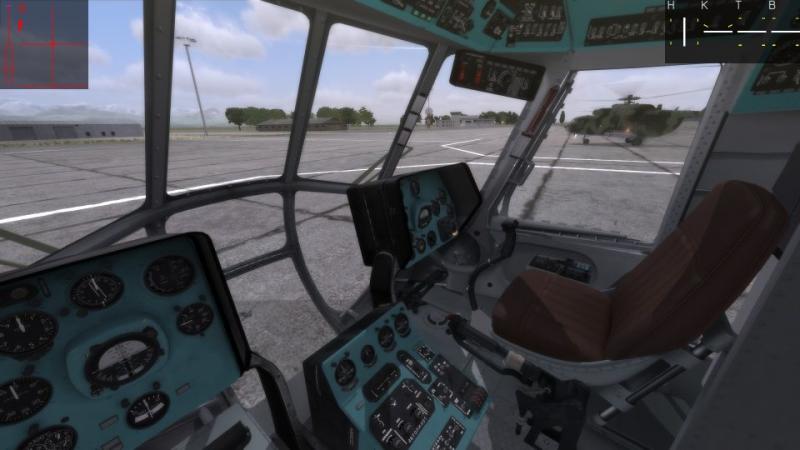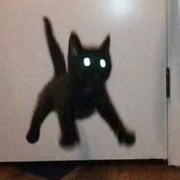- 20 replies
- 4,900 views
- Add Reply
- 7 replies
- 3,299 views
- Add Reply
- 15 replies
- 2,438 views
- Add Reply
- 2 replies
- 2,934 views
- Add Reply
- 0 replies
- 1,524 views
- Add Reply
- 4 replies
- 2,478 views
- Add Reply
SF2 Library Reorganization Complete

By Erik,


MigBuster announces that his work with the SF2 files directory structure is complete. With some help from our very own Wrench the transformation was completed almost over night. I'd like to extend a very big thank you and job well done. Guys you out did yourselves the new file structure looks terrific. I'm sure the community is going to appreciate all your efforts for years to come.
Eagle Dynamics DCS Series Summer Sale

By Dave,
DCS Summer Sale - Next Week Starting the 20th of June, we will offer massive 60% off sale of DCS products. The exception will be Lock On: Flaming Cliffs 3 having a 40% off sale. The sale will last until the 30th of June: DCS: UH-1H Huey - $19.99 DCS: Combined Arms – $11.99 DCS: P-51D Mustang – $15.99 DCS: Black Shark 2 - $15.99 DCS: Black Shark 2 Upgrade – $11.99 DCS: A-10C Warthog – $15.99 DCS: A-10C Warthog 1.1.0.7 (English DVD box) – $15.99 DCS: Black Shark (DVD box) – $15.99 Lock On: Flami
5,000,000

By Erik,


On his way out to lunch, CombatACE's Lead Engineer Bruce Shingleton smiles for a photo as he comments on the downloads he is responsible for and oversees. "Last week we got a new pencil for the pencil holder on my desk and we blew past the five million downloads mark," says Bruce. Indeed we've reached a milestone and are quite proud of the silent counters that keep track of important yet needless numbers. We hope you've gotten hours and hours of entertainment out of the downloads we've help prov
DCS World 31 May 2013 News Update

By Dave,


31 May 2013 - DCS News Update
This past week saw the release of yet another update to DCS version 1.2.4. The advent of the auto-updater has now allowed us to release much more frequent, smaller patches to main versions (i.e. 1.2.2... 1.2.3... 1.2.4). We hope that you appreciate this as much as we do and not have to wait long period between updates. You can read about the most recent DCS version 1.2.4 update here: http://forums.eagle.ru/showpost.php?...95&postcount=7
Over the past wee
DCS World 27 May 2013 Update Available

By Dave,
DCS ver. 1.2.4.12913.167 Update
DCS World
Adjusted the Module Manager such that, when logged in, the Module Manager will now display the user’s login-name.
Fixed radars in track mode not being visible on Radar Warning Receivers (RWR).
The search/acquisition mode for the S-300 tracking/engagement radar (Flap Lid) has been removed.
Fixed missing search radar indications for the SA-6, SA-11, and I-Hawk.
DCS: A-10C Warthog
Replaced corrupted voice over files (Russian voice-over i
DCS World 24 May 2013 Update

By Dave,


24 May 2013 Update
Earlier this week we released a further update to DCS version 1.2.4, that you can read about here: http://forums.eagle.ru/showpost.php?...26&postcount=6
Before moving on to DCS version 1.2.5, we plan on one more update to 1.2.4 with a focus on resolving bugs that are having the biggest impact on gameplay. Chizh and I (with tester input) have scoured the bugs and problems sub-forums and created a list of the most common complaints / bug reports. Our goal is to wrap






